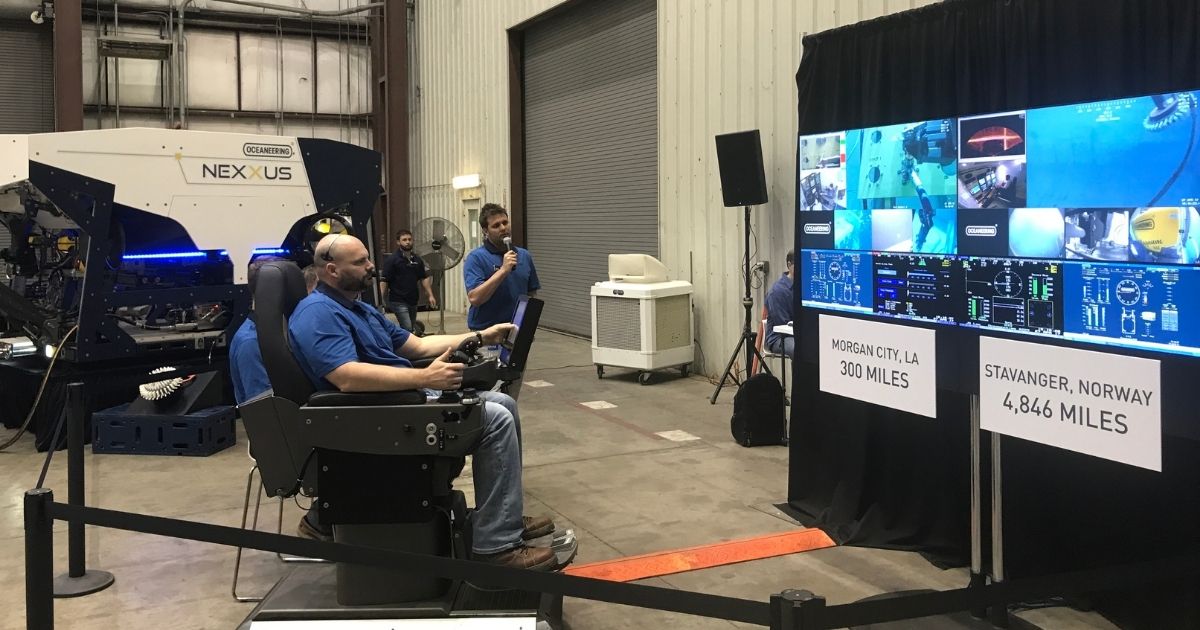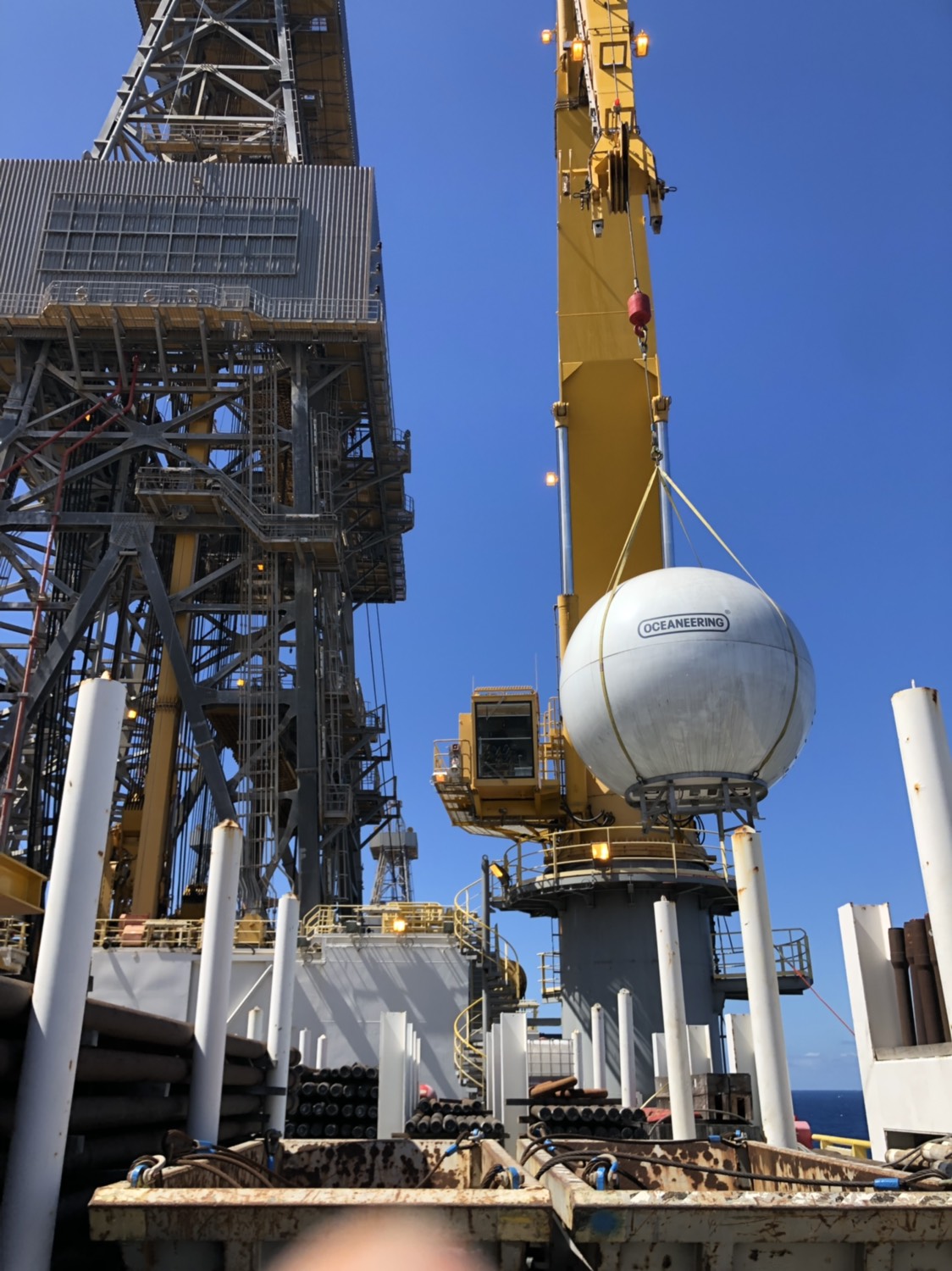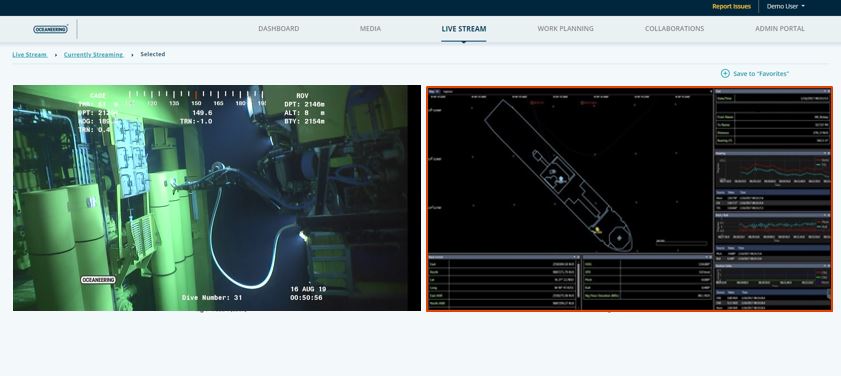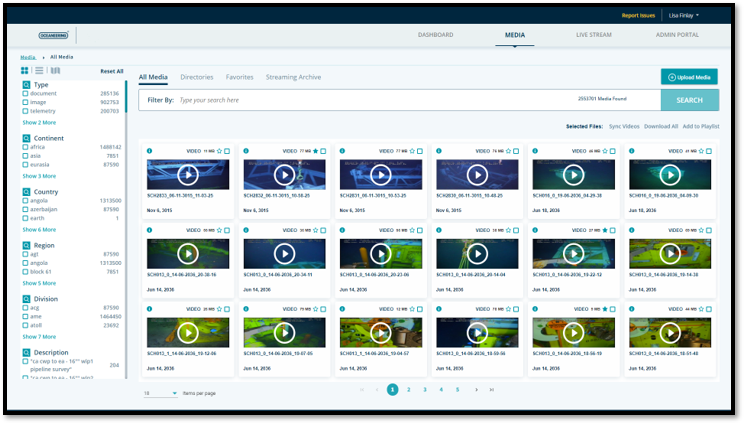Re-UWILDing – How Underwater Inspections Have Become Truly Remote

As the name suggests, Underwater Inspections in Lieu of Dry-docking (UWILD) was developed to address all the challenges associated with taking a valuable operational vessel out of service for extended periods of time for mandated annual inspections.
Sending an inspection team to the asset, rather than bringing the asset to the inspection team, is the faster, more cost-effective means to keep FPSOs, drill ships, and semi-submersibles safe, productive, and compliant.
 The industry has seen market demands evolve and the challenges increase. There’s very little, if any, flexibility in vessel regulatory inspection timetables and UWILDs often needed to be carried out between critical operations. Getting the right subject matter experts (SMEs) plus the inspector from the relevant governing body together and out to a vessel is a logistical headache that can run up vast expense. Then, of course, if the inspection produces unexpected results, vessel operators can find themselves with unanticipated guests onboard an asset that was kitted out six months previously for a very precise number of crew members.
The industry has seen market demands evolve and the challenges increase. There’s very little, if any, flexibility in vessel regulatory inspection timetables and UWILDs often needed to be carried out between critical operations. Getting the right subject matter experts (SMEs) plus the inspector from the relevant governing body together and out to a vessel is a logistical headache that can run up vast expense. Then, of course, if the inspection produces unexpected results, vessel operators can find themselves with unanticipated guests onboard an asset that was kitted out six months previously for a very precise number of crew members.
This year, those issues have become significantly more challenging. In a global pandemic, ‘remote working’ has taken on a whole new meaning. In most jurisdictions, any personnel going offshore need to quarantine together for up to two weeks before heading out and then isolate themselves again on return. The safety and accommodation requirements add a whole new layer of complexity to what is already a logistical test – and feel out of step with the minimally-manned vessels of the future.
The solution to the newly acute challenges of safely operating a sea-going vessel and maintaining regulatory compliance are literally above our heads. The number of communications satellites in low-earth orbit has increased significantly in the past few years. And whereas satellite operators have traditionally considered the world’s oceans as something of a dead zone when it comes to coverage, they now recognize the potential.
As a result, vessel operators now have access to a full range of communication technologies from LTE and fiber to traditional Ethernet connections. Experienced mariners and operators are all too familiar with an internet connection that can be broken by the slightest increase in throughput. But today’s communication infrastructure, and the technological advances that accompany it, offer a connectivity rate that is on par with some of the most robust data centers that run mission-critical services for corporate customers the world over.
 In turn, that enables truly remote UWILDs, combined with Oceaneering’s full suite of imaging, cleaning, and tooling ROVs to livestream video at sub-second latency for in-depth, real-time inspections.
In turn, that enables truly remote UWILDs, combined with Oceaneering’s full suite of imaging, cleaning, and tooling ROVs to livestream video at sub-second latency for in-depth, real-time inspections.
The advantages are obvious and immediate. Any number of relevant SMEs and official inspectors can coordinate with ship’s crews and be present for inspections without ever setting foot on an offshore vessel. That means: greater collaboration and higher-quality inspections in which nothing is missed; more flexibility over timetables and the ability to break inspection regimes down into shorter sections that fit round vessel operations; increased personal safety and reduced carbon emissions now that operators no longer need to dispatch personnel or over-spec’d equipment.
 There are, naturally, also cost savings. Initial investment in the necessary equipment, such as investment in communication networks, may increase CAPEX in year one, but OPEX decreases significantly over time. And as a business scales its operations, a single central control center can undertake all the necessary vessel inspections.
There are, naturally, also cost savings. Initial investment in the necessary equipment, such as investment in communication networks, may increase CAPEX in year one, but OPEX decreases significantly over time. And as a business scales its operations, a single central control center can undertake all the necessary vessel inspections.
Oceaneering began providing UWILD services for the global oil and gas industry in 2017, completing over 100 campaigns over the next three years. We followed with the successful completion our first remote UWILD campaign in 2018.
Although advancements continue, the technology itself is not new. Technological capability alone is not enough to drive a substantial operational change such remote UWILD operations. Attitudinal changes are also necessary – particularly in the necessarily risk-averse sector of vessel operations. This shift and willingness to challenge the paradigm of UWILD operations is becoming more apparent. In the past three months alone, we have seen an influx of requests for remote UWILD services.
Governing bodies are also leading the way here. Their acceptance of remote UWILDs is growing due to the quality of the video and the ability to interact with the people that are on the vessel that have proven to be more than fit-for-purpose – and certainly capable of creating an inspection regime that is appropriate for them to sign off. The pandemic has also focused minds on where innovation and digitalization can be deployed most effectively.
But it also requires partners who understand that they are not really selling a video-surveillance system: they are offering visibility, transparency, and compliance while creating confidence for owners, operators, regulators, and shareholders.
That cannot be achieved without guarantees of uptime and accountability, a commitment to innovation, and a technology-agnostic approach that can design and deliver the best solution in each case.
Mission-critical operations deserve 99.9% uptime, whether they are on or offshore. They deserve end-to-end accountability – with absolutely no passing of the buck to other elements in the system. That requires suppliers who can anticipate problems, have access the right solutions, and can deploy them the moment they are needed.
If you’re relying on visual data to make business-critical decisions, you need to know you can trust that data. You need uptime and accountability. Guaranteed.

